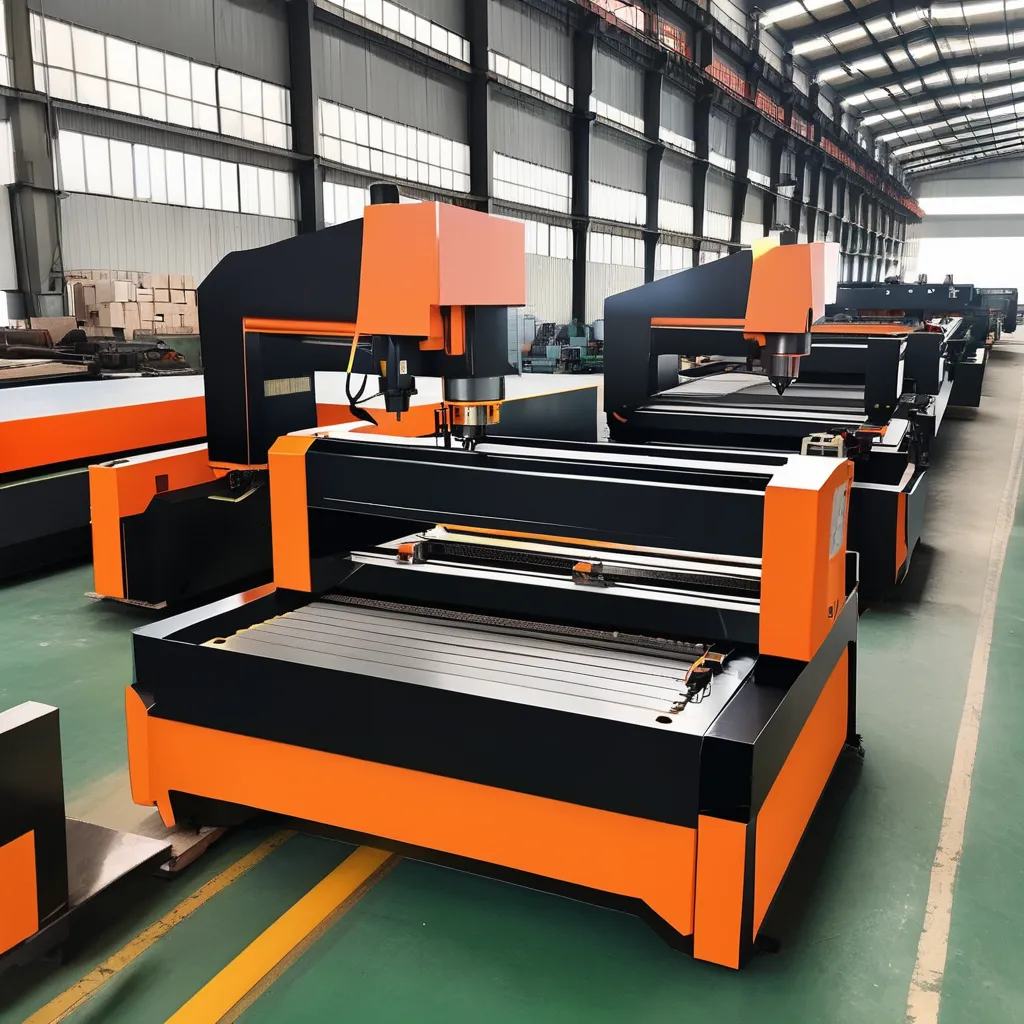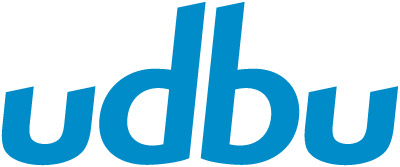10 Reasons to Choose a 30kW or Higher Fiber Laser Cutting Machine in the Construction Industry

10 Reasons to Choose a 30kW or Higher Fiber Laser Cutting Machine in the Construction Industry
Modern construction projects increasingly demand the use of the latest technologies to perform metal cutting tasks with high precision and minimal time costs. Fiber lasers with powers of 30kW and above, thanks to their capabilities, are becoming the preferred choice in this field. In this article, we will explore the key advantages and reasons for choosing such powerful equipment for construction.
1. Processing Thick Materials with High Precision

One of the main advantages of 30kW fiber lasers is their ability to process thick metal sheets. Lasers of this power can cut carbon steel up to 80 mm thick and stainless steel up to 100 mm thick. This is especially important in construction, where cutting large and strong metal elements for load-bearing structures is often required.
| Material | Thickness (mm) | Cutting Speed (m/min) (30 kW) |
|---|---|---|
| Carbon Steel | 50 | 3.5 |
| Stainless Steel | 60 | 2.7 |
| Aluminum | 40 | 5.0 |
This table shows how high-powered lasers are effective in processing thick materials compared to less powerful machines. The performance at this level makes them ideal for large-scale projects requiring strength and precision.
2. High Productivity and Speed
Fiber lasers with 30kW power offer significantly higher cutting speeds compared to lower-powered models. For example, when cutting carbon steel 16 mm thick, a 30kW laser can achieve cutting speeds of more than 9 m/min, while lasers with lower power fall behind in this regard. This is especially crucial in construction, where deadlines are critical.
| Laser Power | Cutting Speed (m/min) (16mm Carbon Steel) |
|---|---|
| 6kW | 2.0 |
| 15kW | 5.5 |
| 30kW | 9.0 |
3. Reduction of Material and Operational Costs
High-powered fiber lasers are known for their energy efficiency. With the increase in power, the cost of finished products decreases due to material savings and less time spent on processing. For instance, 30kW lasers help reduce the consumption of auxiliary gases, such as nitrogen and oxygen, because of faster cutting with compressed air.
| Parameter | 6kW | 15kW | 30kW |
|---|---|---|---|
| Nitrogen Consumption | High | Medium | Low |
| Thermal Impact | Significant | Moderate | Minimal |
| Processing Time | Long | Medium | Fast |
The reduction in gas consumption happens for several reasons:
-
Higher Cutting Speed: 30kW lasers have much greater power, allowing them to cut at much higher speeds compared to lower-powered lasers. Faster cutting requires less gas for purging the cutting zone since the laser spends less time processing each material area.
-
Use of Compressed Air Instead of Expensive Gases: In some cases, compressed air can be used instead of nitrogen or oxygen for cutting metals. Since air is 78% nitrogen, it performs similar functions in cutting, but is much cheaper and more readily available. This is especially effective when working with carbon steel and stainless steel.
-
Lower Thermal Impact and Narrow Cutting Zone: 30kW lasers create more concentrated and narrow thermal effects on the material, reducing the volume of gases needed for cooling and slag removal, which lowers oxygen and nitrogen consumption.
Thus, high-speed and efficient cutting allows the use of compressed air instead of more expensive gases, reducing operational costs.
Material Consumption Based on Laser Power
| Laser Power | Nitrogen Consumption (m³/h) | Oxygen Consumption (m³/h) | Compressed Air Consumption (m³/h) |
|---|---|---|---|
| 6kW | 40 | 25 | 30 |
| 15kW | 25 | 15 | 20 |
| 30kW | 10 | 8 | 15 |
Additionally, fiber lasers have a lower thermal effect, minimizing material deformation and reducing the need for post-processing, which is especially important when working with materials like aluminum and stainless steel that are sensitive to high temperatures.
4. Minimal Thermal Effect and Clean Cuts
Unlike traditional cutting methods such as plasma or oxygen cutting, fiber lasers with 30kW power create minimal thermal impact. This means that the cut edges remain smooth and clean, eliminating the need for additional mechanical processing or grinding. Lasers prevent the formation of scale and other defects, saving time and reducing the costs of finishing products.
5. Versatility in Application
The construction industry often requires working with various materials such as carbon steel, stainless steel, aluminum, and copper. 30kW fiber lasers are versatile and can be used to process all these materials with high precision and speed. For instance, when cutting aluminum, lower-powered lasers may encounter problems with material deformation, but 30kW lasers minimize this risk due to their high cutting speed and minimal thermal impact.
| Material | Laser Cutting Advantages |
|---|---|
| Carbon Steel | Fast cutting, clean edges, no defects |
| Stainless Steel | High precision, minimal thermal distortion |
| Aluminum | High speed, minimal deformation |
| Copper | Complex cuts, high precision |
6. Automation of Production Processes
Modern 30kW fiber lasers can be easily integrated into automated production lines. This helps reduce the impact of the human factor on processes and increase productivity. In construction, where precision and consistency are highly valued, such automation becomes a key success factor. For example, lasers with automatic material feeding and quality control systems reduce the likelihood of errors and minimize machine downtime.
7. Application in Large-Scale Projects
For large construction projects, such as bridge building, industrial structures, or skyscrapers, using 30kW lasers allows for faster metal cutting and ensures high quality of the final products. Reduced material processing time and waste make such systems indispensable for large companies involved in mass production and installation of metal structures.
8. Reduced Maintenance Costs
Modern fiber lasers are known for their reliability and long service life. They require minimal technical maintenance and have low energy consumption. Unlike CO2 lasers, which may require tube replacements and other consumables, fiber lasers operate without significant costs for replacing key components, further lowering their operational expenses.
9. Reduction of Waste and Increased Environmental Sustainability
One of the additional, but crucial, advantages of using 30kW fiber lasers is the reduction of waste. Due to their high precision and ability to work with a wide range of materials with minimal deformation, these lasers significantly reduce the amount of metal waste that can occur with other cutting methods. This not only saves materials and reduces disposal costs but also increases the overall environmental sustainability of production.
Construction companies, especially those mindful of their environmental footprint, can use fiber lasers to optimize cutting processes, minimize emissions, and reduce their negative environmental impact. This is increasingly important given stricter environmental safety regulations and sustainable building standards.
Moreover, the precision and absence of thermal distortion on cut edges allow for greater material usage with minimal losses, which is especially important when cutting expensive materials like stainless steel or aluminum, where every detail counts.
10. Increased Workplace Safety
Safety is a critical factor in any industry, particularly in construction. Traditional cutting methods such as plasma or oxygen cutting can be dangerous due to high temperatures, sparks, and fire hazards. Fiber lasers, on the other hand, operate much more safely. Since the cutting process occurs without direct contact with the material, the risk of fire is minimized. Modern systems are also equipped with built-in safety sensors and protective systems, making them even safer to operate.
Additionally, working with fiber lasers minimizes operator exposure to health risks. Since these systems emit less heat and produce virtually no sparks, the risk of burns or injuries is significantly reduced. This makes fiber lasers ideal for use on large construction sites where worker safety is a priority.
Trends and the Future of Laser Use in Construction
With the advancement of technology and the integration of fiber lasers into construction processes, it is expected that the demand for such systems will continue to grow. One of the key trends is the gradual transition to fully automated cutting lines, where fiber lasers with 30kW and higher power will play an essential role. This will allow construction companies to accelerate production processes, improve quality, and reduce labor costs.
Comparison of Cutting Methods
| Cutting Method | Speed (m/min) | Thermal Impact | Cut Edge Quality | Additional Processing |
|---|---|---|---|---|
| Plasma Cutting | 2.0 | High | Medium | Requires |
| Oxygen Cutting | 3.5 | Medium | Low | Mandatory |
| Fiber Laser Cutting | 9.0 | Minimal | High | Not Required |
This table illustrates the advantages of 30kW fiber lasers and their high efficiency compared to other cutting methods and material costs.
Manufacturers of laser equipment are also actively working to improve the efficiency of lasers, reduce their energy consumption, and increase their durability. In the coming years, even more powerful and cost-effective models are expected to emerge, which will be able to work with an even broader range of materials and provide more possibilities for their use in construction.
Conclusion
Choosing a 30kW or higher fiber laser is a decision that can bring significant advantages to construction companies. These machines offer high precision, speed, flexibility in processing various materials, and reduced operational costs. Their ability to work with thick materials while minimizing waste and increasing workplace safety makes them indispensable in modern construction.
The ongoing development of fiber cutting technologies and the implementation of automated systems provide competitive advantages for those willing to invest in such solutions. In the future, the use of these lasers will become the standard for companies striving for maximum productivity and efficient resource utilization.
In addition to the technical benefits, fiber lasers of 30kW and higher require high-quality consumables to ensure smooth operation and longevity of the equipment. HYPOWER offers a range of consumables designed specifically for use with high-power lasers, allowing companies to fully unlock the potential of their laser systems.
One of the key elements is the protective glass for lenses, which has increased resistance to high temperatures and powerful energy flows. This significantly extends the service life of optics, reducing maintenance and component replacement costs. In construction projects where lasers operate intensively, using such protective glasses is especially important as they minimize the risk of lens damage and ensure stable equipment performance.
Another important element is laser nozzles, which are responsible for directing and regulating the gas flow during cutting. HYPOWER nozzles are designed to provide a uniform gas flow and optimize laser performance even when cutting thick and complex materials. This improves the quality of the cuts, reduces waste, and enhances overall system productivity.
